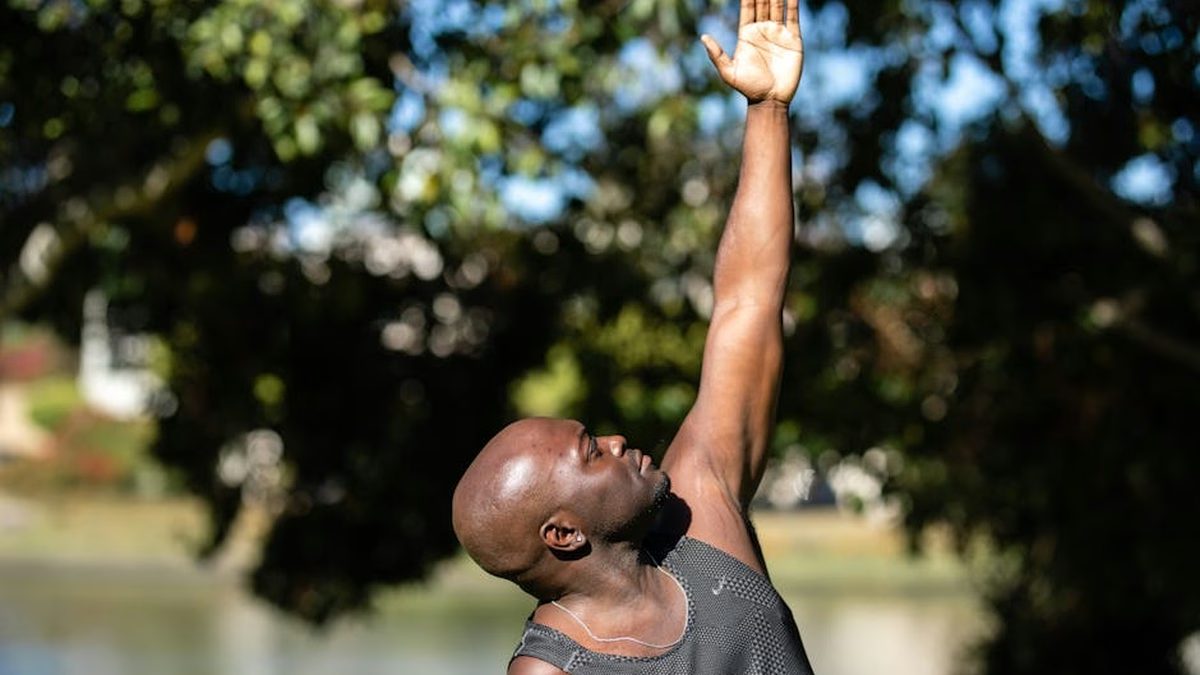Feel the Burn, Feel the Breath: Your Workout’s Secret Weapon
Ever felt like you’re hitting a wall during your workout, gasping for air and struggling to push through? You’re not alone. What if I told you the key to unlocking a new level of performance isn’t just about harder training, but about something you already do every second of your life: breathing? We often overlook this fundamental process, but for athletes – and anyone striving for fitness – mastering breath is a game-changer.
Why Breathing Matters (More Than You Think)
Beyond simply keeping you alive, proper breathing fuels your muscles, clears your mind, and helps you recover faster. Think of it like this: oxygen is the gasoline for your engine (your body). If you’re not getting enough, your performance will sputter and stall. Understanding the mechanics of respiration and how it impacts your body during exercise is the first step towards supercharging your workouts.
The Science of Oxygen and Performance
During exercise, your muscles demand more oxygen. Your body responds by increasing your breathing rate. However, shallow, rapid breaths – often a result of stress or improper technique – only fill the upper part of your lungs, leaving vital oxygen untapped. This leads to fatigue, muscle cramps, and decreased performance. Deep, diaphragmatic breathing, on the other hand, ensures your entire lungs are utilized, maximizing oxygen intake and delivery to your working muscles.
Breathing Techniques to Boost Your Workout
Ready to take control of your breath and transform your workouts? Here are some practical techniques you can start incorporating today:
Also Read: How Rest Days Actually Help You Get Fitter Faster
Diaphragmatic Breathing (Belly Breathing)
This is the foundation of all proper breathing techniques. Instead of lifting your chest, focus on expanding your belly as you inhale. Place one hand on your chest and the other on your stomach. As you inhale, your stomach should rise while your chest remains relatively still. Exhale slowly, drawing your stomach in. Practice this technique before, during, and after your workouts.
Rhythmic Breathing
Sync your breath with your movements. This helps regulate your breathing rate and ensures a steady supply of oxygen. For example, during weightlifting, inhale before the exertion and exhale during the lift. For running, try inhaling for three steps and exhaling for two. Find a rhythm that works for you and your activity.
Nasal Breathing
Breathing through your nose offers several advantages over mouth breathing. Your nose filters, warms, and humidifies the air, making it easier for your lungs to absorb oxygen. It also releases nitric oxide, which helps dilate blood vessels, improving oxygen delivery to your muscles. Try to maintain nasal breathing as much as possible, especially during lower-intensity activities.
Box Breathing
This technique is excellent for managing stress and improving focus, both of which are crucial for optimal performance. Inhale for four seconds, hold for four seconds, exhale for four seconds, and hold for four seconds. Repeat. Box breathing can help calm your nerves before a competition or center your mind during a challenging workout.
Putting It All Together: Breathing for Different Activities
The best breathing technique will vary depending on the activity you’re performing. Here are some examples:
- Weightlifting: Inhale deeply before the lift, hold your breath briefly during the exertion (to stabilize your core), and exhale forcefully as you complete the lift.
- Running: Focus on rhythmic breathing, coordinating your breaths with your steps. Experiment with different ratios (e.g., 3:2, 2:1) to find what feels most comfortable and efficient.
- Yoga/Pilates: Emphasize diaphragmatic breathing throughout your practice, paying attention to the flow of your breath as you move through different poses.
- Swimming: Exhale fully underwater and inhale quickly and deeply when you turn your head to breathe.
Beyond the Gym: Breathing for Recovery and Well-being
The benefits of proper breathing extend far beyond your workouts. Conscious breathing can help reduce stress, improve sleep, and enhance your overall well-being. Incorporate breathing exercises into your daily routine, even when you’re not exercising. Take a few minutes each day to practice diaphragmatic breathing or box breathing. You’ll be surprised at the positive impact it has on your physical and mental health.
Listen to Your Body, Trust Your Breath
Ultimately, the best way to breathe is the way that feels most natural and comfortable for you. Pay attention to your body and experiment with different techniques to find what works best. Don’t be afraid to adjust your breathing based on the intensity of your activity and your individual needs. Remember, your breath is a powerful tool. Use it wisely, and you’ll unlock a new level of performance and well-being.
So, take a deep breath. Feel the air filling your lungs, energizing your body. Embrace the power of your breath, and watch as your workouts – and your life – are transformed. This simple, yet profound, act can truly supercharge your athletic journey and lead you to new heights of strength, endurance, and overall vitality. Breathe deeply, train hard, and thrive!





